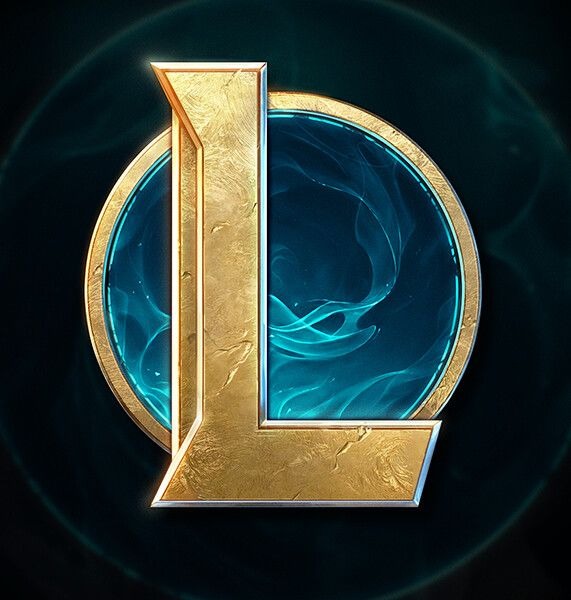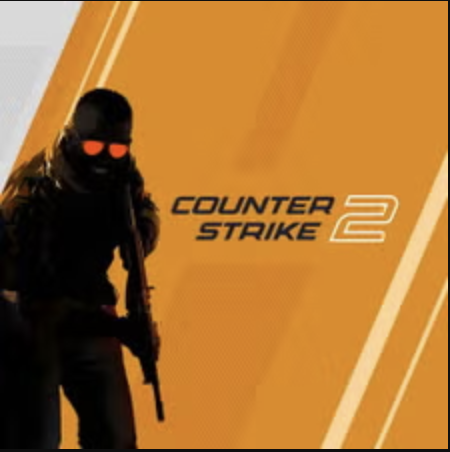
League of Legends
All trademarks belong to their respective owners.Popular Now
 Roblox
Roblox
 Stumble Guys
Stumble Guys
 Rust
Rust
 Sonic the Hedgehog™ Classic
Sonic the Hedgehog™ Classic
 Counter-Strike 2
Counter-Strike 2
 Fall Guys
Fall Guys
 BeamNG.drive
BeamNG.drive
 The Legend of Zelda
The Legend of Zelda
 Minecraft
Minecraft
 Toca Boca World
Toca Boca World
The Art of the Gank: Mastering Jungle Control and Lane Pressure in League of Legends
In League of Legends, while the laning phase often captures the immediate spotlight, the true strategic puppet master operating behind the scenes is the Jungler. Their role extends far beyond merely slaying neutral monsters; it’s an intricate dance of jungle control, objective prioritization, and the art of the gank. A successful jungler dictates the tempo of the early game, exerts immense lane pressure, and swings the tide of skirmishes by appearing where least expected, transforming the seemingly passive jungle into a dynamic battleground that controls the flow of gold, experience, and ultimately, victory on Summoner’s Rift.
The Jungle as a Strategic Resource
The jungle isn’t just empty space; it’s a vital, resource-rich area that needs to be controlled.
- Neutral Monster Camps: The various monster camps (e.g., Krugs, Raptors, Wolves, Gromp, Blue Buff, Red Buff) provide experience and gold, acting as the jungler’s primary source of income and power. Efficient jungle pathing and clearing speed are crucial for a healthy economy.
- Buffs (Blue and Red): These two powerful camps provide temporary, significant buffs. Blue Buff (mana regeneration and ability haste) is vital for mana-hungry mages, often shared with the mid-laner. Red Buff (bonus true damage and a slow on attacks) is crucial for aggressive fighters and marksmen, often shared with the AD Carry later. Denying these buffs to the enemy jungler can cripple their early game.
- Vision Control Points: The jungle is riddled with brushes and key choke points where wards (vision wards) are essential. Controlling these vision points allows junglers to track enemy movements, anticipate ganks, and set up their own ambushes.
The Art of the Gank: Timing, Target, and Execution
The gank is the jungler’s most impactful contribution to individual lanes, often creating advantages out of thin air.
- Timing is Everything: Successful ganks rely heavily on timing. A jungler looks for specific windows of opportunity:
- Overextended Enemies: When enemy laners push too far forward, leaving themselves vulnerable to a flank from the jungle.
- Lack of Vision: When enemy wards have expired or been cleared, providing a clear path for approach.
- Summoner Spell Advantage: When enemy laners have recently used key defensive summoner spells (like Flash or Ghost), leaving them with no escape.
- Power Spikes: When the jungler or their laner hits a key level or item power spike that guarantees a successful engagement.
- Target Selection: A good jungler prioritizes which lane to gank based on several factors:
- Vulnerable Lanes: Lanes where allies are struggling, or enemies are highly exposed.
- Snowball Potential: Lanes where a successful gank can lead to a significant gold and experience advantage, allowing an ally to carry the game.
- Objective Proximity: Ganking a lane near an objective (like Dragon or Herald) can transition directly into securing that objective.
- Execution and Follow-Up: A successful gank requires coordination with the laner. The jungler needs to initiate effectively, provide crowd control, and the laner needs to follow up with their damage and abilities. Communication, even through pings, is vital.
- Counter-Ganking: A highly advanced tactic, counter-ganking involves anticipating the enemy jungler’s movements and ambushing them as they attempt to gank one of your lanes. This requires exceptional map awareness and predictive skill.
Objective Prioritization: The Macro Game
Beyond individual ganks, the jungler plays a crucial role in securing global objectives.
- Dragon Control: The jungler is often the primary shot-caller for Dragon attempts. They need to manage their health, cooldowns, and secure vision around the Dragon pit to ensure a safe take, or to contest the enemy’s attempt.
- Baron Nashor Coordination: As the game progresses, Baron Nashor becomes the most important objective. The jungler is crucial for both initiating the Baron fight and, more importantly, executing the final “smite” to secure the buff. Baron control often dictates late-game victory.
- Rift Herald Usage: The Rift Herald provides a powerful pushing tool. Junglers need to identify opportunities to take Herald and then deploy it effectively in a lane to break open turrets and accelerate pushes.
- Deep Ward and Invading: Skilled junglers will “invade” the enemy jungle, stealing their camps, placing deep wards to track their movements, and even attempting to kill the enemy jungler (counter-jungling). This creates economic advantages and denies resources to the opponent.
Lane Pressure and Mental Warfare
The jungler’s mere presence, even if unseen, exerts immense psychological pressure.
- “Ghost Ganks”: Sometimes, a jungler doesn’t even need to execute a successful gank. Simply showing presence in a lane, forcing the enemy to back off, or making them burn a summoner spell is a win, as it opens up future gank opportunities or allows an ally to farm safely.
- Psychological Impact: Enemy laners, constantly fearing a gank, often play more passively, miss farm, or waste abilities, giving a subtle advantage to their opposing laner. The unseen threat of the jungler is a powerful psychological weapon.
The jungler in League of Legends is the ultimate multi-tasker, a strategic maestro conducting a symphony of chaos on Summoner’s Rift. By mastering jungle control, expertly executing ganks, and prioritizing global objectives, they transform their role into the engine of victory, applying relentless lane pressure and turning the tides of battle through skill, timing, and an unparalleled understanding of the game’s dynamic flow.
What’s a jungle champion you enjoy playing as, or one that you absolutely dread playing against?
Rating
PROS
- Great graphics and animations
- Highly competitive gameplay
- Easily one of the best mobile MOBA games available
- You can play with your friends
- Interesting mechanics
- Can be played for a long time without getting bored
- A lot of people play it, so you’ll always find someone to play with
- It’s free to play
- It’s a very fast-paced game, so it’s exciting and challenging.
CONS
- The game is not new, it has been out for a long time
- It’s a very competitive game, so it can be stressful
- It’s easy to get addicted and spend too much time playing
- It’s not very easy to learn, so it can be frustrating for beginners
- It’s hard to find time to play if you have a busy schedule
- It’s easy to get tilted (angry/frustrated) if you’re losing.